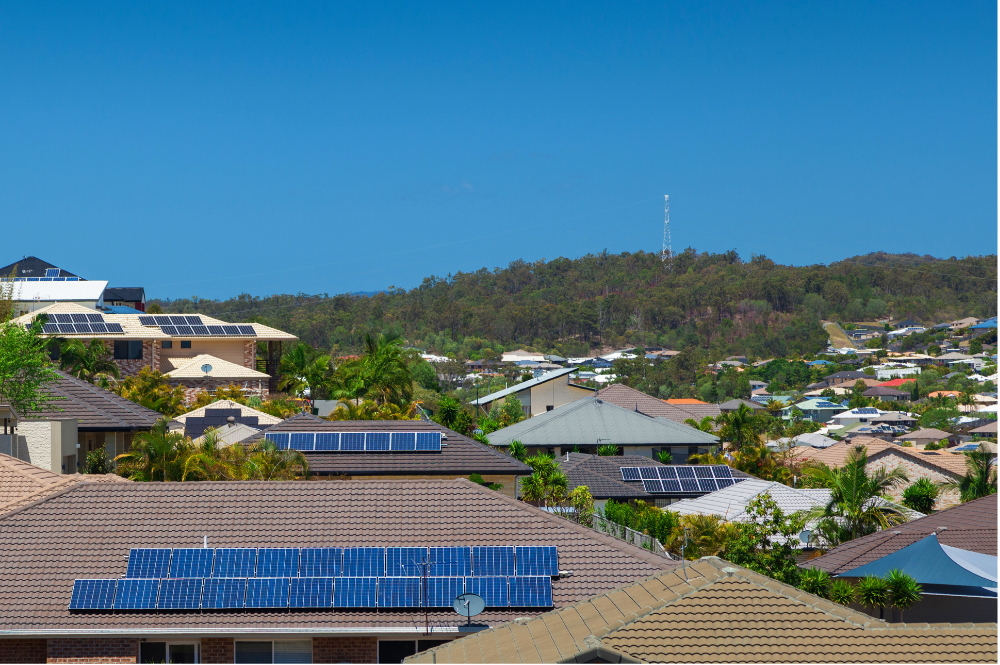Have you recently noticed a puzzling icon or message on your appliances, whispering about “energy saving”? With the absolutely scorching Australian summer, we’ve all been cranking the dial on our air conditioners (who can blame us?!). But… when everyone cranks up their appliances simultaneously, the electrical load can become too much to bear. Ever wondered what happens when the demand for electricity reaches breaking point? That’s when load shedding springs into action.
How does load shedding work?
What is load shedding?
Load shedding is the ultimate balancing act across the National Electricity Market (NEM), a last resort measure to align the demand (over demand) and supply of electricity. When the grid faces instability due to an insufficient power supply, load shedding prevents widespread outages that could leave homeowners and businesses without power for extended periods. The Australian Energy Market Operator (AEMO) oversees load shedding, ensuring the reliability and security of the NEM across Queensland, New South Wales, the ACT, Victoria, Tasmania and South Australia.
Why does load shedding happen?
A number of factors can trigger load shedding such as major equipment failure, severe weather events, and heatwave conditions. During such an event, AEMO takes charge of determining the required reduction in electricity consumption, and energy providers execute load shedding strategies across the network.
How is the decision made?
Load shedding is a last resort measure. Before load shedding, AEMO exhausts all alternative measures such as importing power from other regions and tapping into emergency reserves. Consumers might also be urged to voluntarily cut back on energy usage. When all else fails, AEMO instructs energy providers to implement load shedding to rebalance the supply-demand situation.
Am I going to lose my power?
You could. In cases where load shedding is necessary, some households and businesses may experience sudden power interruptions. To downgrade the impact, areas can be rotated if load shedding persists for more than two hours. This rotation helps to minimise the disruption to any specific community within the network.
What can I do during load shedding?
Households and businesses can play a role in averting load shedding by turning off non-essential appliances. For households in particular, this could be pool pumps, dishwashers and washing machines, especially during peak hours. Opting for fans over air conditioners can help reduce overall electricity demand. For those relying on continuous power for medical reasons, activating a backup plan by contacting family, doctors or local hospitals is advisable.
Can solar help?
Absolutely. Explore the advantages of a hybrid solar system – a system that is both connected to the grid, and a battery – which not only harnesses energy from the sun, but also stores surplus energy in batteries for later use. This capacity for storage proves invaluable during power disruptions, power outages, severe weather events, and, of course, load shedding. Get to know more about how solar power works during a power outage.
While inconvenient, load shedding is a necessary evil when it comes to balancing energy supply and demand. Understanding load shedding empowers households and businesses to navigate through potential disruptions and consider sustainable solutions like a hybrid solar system. If you’d like to explore a hybrid solar system for your home or business, call us today on 1300 4 SOLAR. We’re happy to help.


Leave A Comment